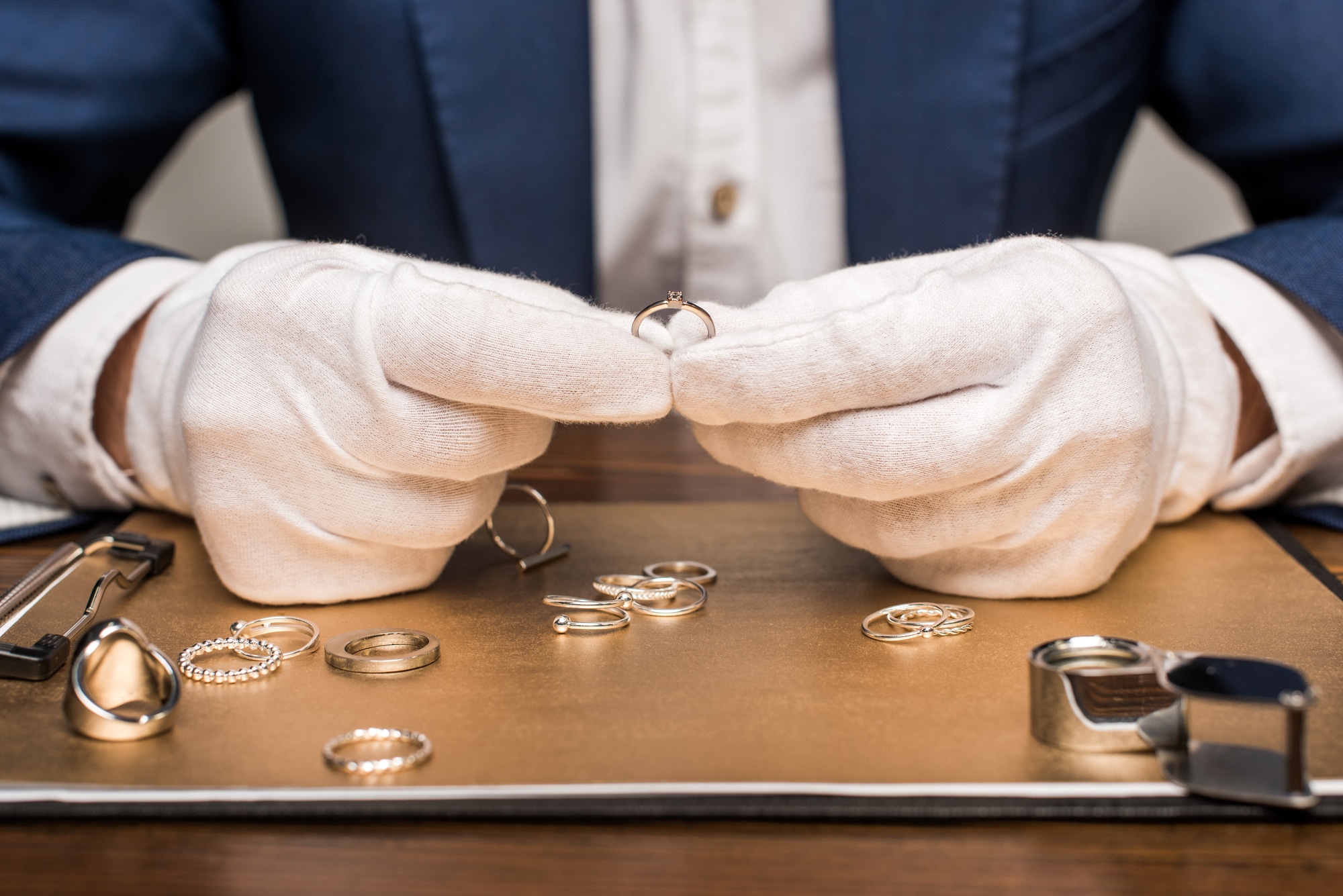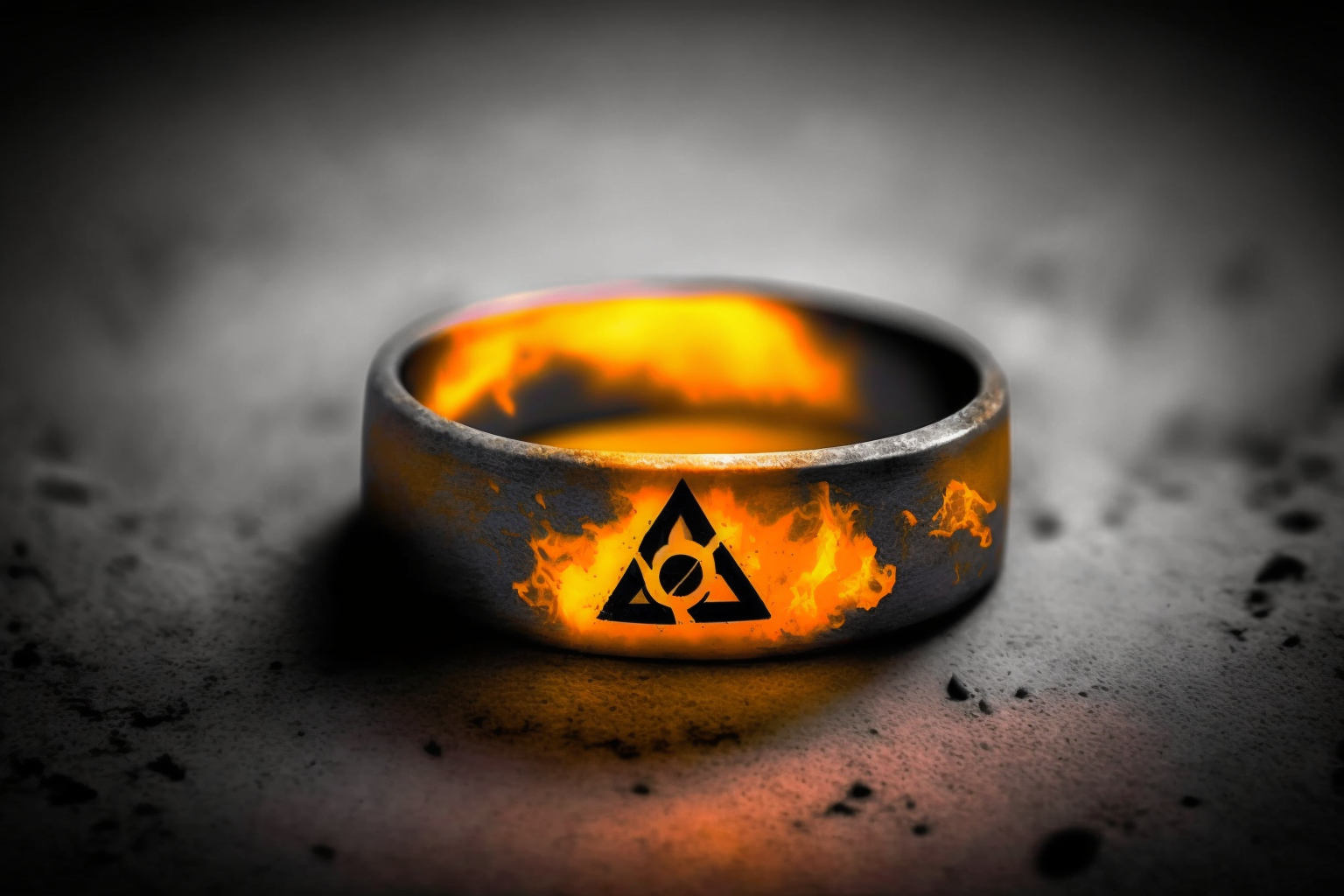The New York Times publish article about best methods for assessing fine jewelry online, they consulted with a panel of experts. Key strategies they highlighted include asking pertinent questions and discerning the distinctions between different makers.
Imagine, with a summertime wedding or party in mind, you want to buy a new piece of fine jewelry, the category that includes items made of precious metal and glittering with gems.
Even if you’re shopping from your favorite chair at home, finding the right piece isn’t always easy. A recent Google search for a diamond solitaire necklace, for example, generated 21.7 million results.
And even when you find a style you like, how can you be sure it was made well and would be good value for the money?
Around the table were Kim Nelson, a jewelry maker and assistant chair of the jewelry design program at the Fashion Institute of Technology; Amber Mitchell, a fine jewelry buyer for the online retailer Moda Operandi; Catherine Sarr, founder of the jewelry brand Almasika and a former De Beers Group communications executive; and Jennifer Shanker, founder of Muse, a jewelry showroom that represents designers such as Bea Bongiasca and Silvia Furmanovich, and also an owner of a jewelry-centric boutique in New York City.
Each arrived wearing jewelry connected with their professional worlds, but pieces that also reflected personal styles. As Ms. Shanker put it, “I don’t own as much jewelry as maybe someone who owns a jewelry showroom you would think would own, but I own the pieces that I want to wear every day.” Those pieces included a long amber bead necklace by Ileana Makri, a pendant by Anna Maccieri Rossi and stud earrings and a ring by Nikos Koulis.
Ms. Sarr’s choices from her own line included 18-karat gold and pavé diamond rings from the Adiré and Universum collections. Half of Mr. Nelson’s fingers were adorned with rings he had made, including one with a large Ethiopian opal surrounded by black jade and, on his right pinkie, a 20-karat gold and tanzanite piece.
And Ms. Mitchell’s accessories included a Gemella Jewels 18-karat white and yellow gold ear cuff and multiple pieces from Ippolita, where she worked for about a dozen years. “I feel like I went pretty simple in the jewelry today,” she said.
Occasionally, the discussion included trade terminology, such as CAD, or computer-aided design; metal tolerance, the inherent properties of the material and how that impacts the design; and lobster clasp, a popular chain closure that, yes, resembles the claw of a crustacean.
The conversation has been condensed and edited.
Full article you can read on nytimes.
Source: NYTimes

Professional jewelry journalist, blends Art History and Journalism degrees to provide insightful, vivid, and comprehensive narratives in the realm of jewelry. Known for interviewing industry bigwigs and covering international shows, Anna’s work is a beacon for both professionals and enthusiasts. A cherished gem in jewelry journalism.




